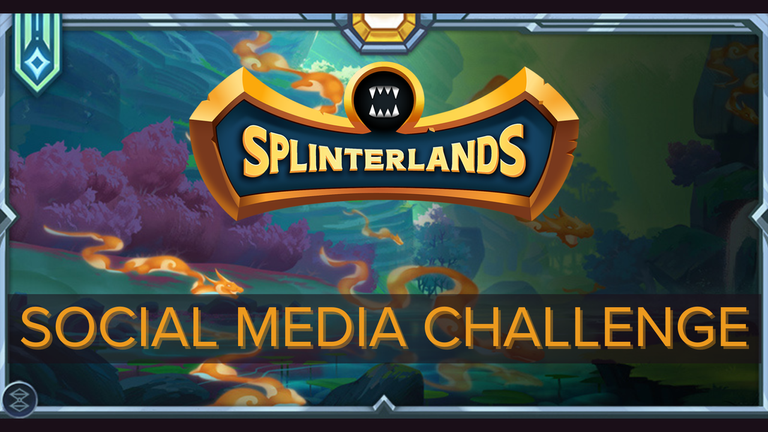A Strategic Approach to the Risk and Reward Process in Splinterlands

In the world of Splinterlands, where battles are fought strategically using cards, players constantly try to balance the risk and reward in the game. Players need to understand how to calculate risks and manage potential rewards as it is crucial for success in the game. In this post, I will go deep into the soul of risk and reward in Splinterlands, also offering insights on how to make strategic decisions and offer tips for undertaking risk management to suit the playstyle of a player.
Understand Risk Management:
In Splinterlands, every move in every round has a certain level of risk, be it selecting a particular lineup of cards, using specific strategies. However, taking calculated risks involves making decisions based on a critical assessment of the game and the potential outcomes of different cards.
Analyze Your Opponent's Deck:
Before you enter a battle, carefully scrutinize your opponent's deck of cards. Pin-point their strengths, weaknesses, and potential strategies. This information allows you to match your own strategy to take advantage of their vulnerabilities while reducing the risk of falling into traps.Evaluating Card Combos:
Understanding the blend of your cards is important. Experiment and know how each card in your deck complements others and results in the improvement of your overall strategy. This knowledge helps to make decisions that maximize the strength of your team, reducing the inherent risk coming with uncertainties in the game.Predicting Opponent's Moves:
Good players often anticipate the moves of their opponents' by analyzing their style of play, previous matches, the level of cards they possess and so on. This foresight helps you to make decisions that counter your opponent's strategies, helping to reduce the risk of being caught off guard.
Maximizing Potential Rewards:
Minimizing risk is crucial in Splinterlands but not only that, also seizing ways to maximize rewards is important. Here are some tips on how to make the most of favorable situations:
Exploit your Opponents' Weaknesses:
Learn to identify weaknesses in your opponent's strategy or deck and capitalise on them to your advantage. This involves targeting specific monsters(some people like putting specific monsters at the end or beginning), making the most of status effects, or making use of cards with abilities that will counter your opponent's strengths. By doing so, you improve or increase your chances of securing a victory and greater rewards from battles.Adaptability:
Splinterlands battles are always dynamic, with unexpected occurrences or events happening at every turn. A good player is one who can adapt to changing circumstances. Have a flexible strategy, and don't be afraid to take calculated risks when need be. This adaptability can lead to unexpected rewards and make the tides of a battle turn in your favour.Placement of Cards Strategically:
Well placing of cards on the battlefield is necessary for optimizing their impact. Consider the abilities, attack, range and magic of your monsters, and strategically position them to control the flow of the battle. This will not only reduce the risk of your opponent taking advantage of your weak points but also enhances your chances of getting valuable rewards.
Blending your Strategy to align with your Risks:
Effective risk management in Splinterlands should align with your overall game strategy. Whether you prefer aggressive tactics, defensive plays, or a balanced approach, your risk-taking decisions should align with your overall strategy.
A Balanced Aggression and Defense:
Players have to find the right balance between aggression and defense based on their chosen Splinter and collection of cards. Some card decks thrive on aggressive plays, aiming to overwhelm opponents quickly, while others focus on endurance and outlasting the opposition.Continuous Learning:
The Splinterlands meta is constantly evolving, with new cards and strategies coming out regularly. Stay informed about the latest changes, learn from your experiences, and be willing to adapt your risk-taking approach. Continuous learning enhances your ability to make decisions that align with your evolving strategy.
In Splinterlands, the relationship between risk and reward is a defining aspect of the game. Taking on calculated risks, understanding potential rewards, and also aligning your risk management with the overall strategy you possess are essential skills for success in this strategic card game.
Thanks for sharing! - @alokkumar121
